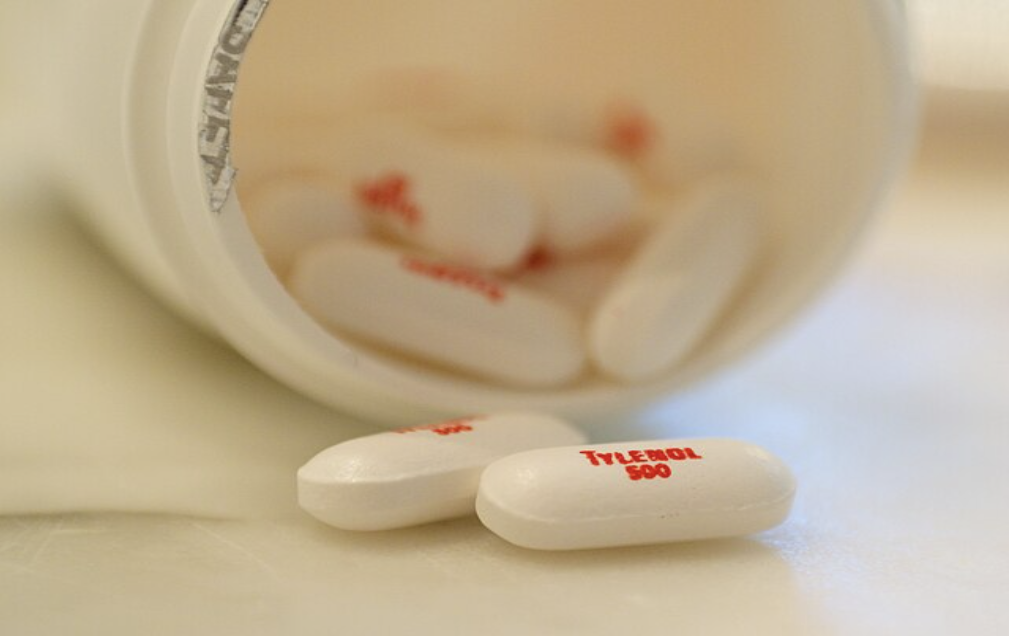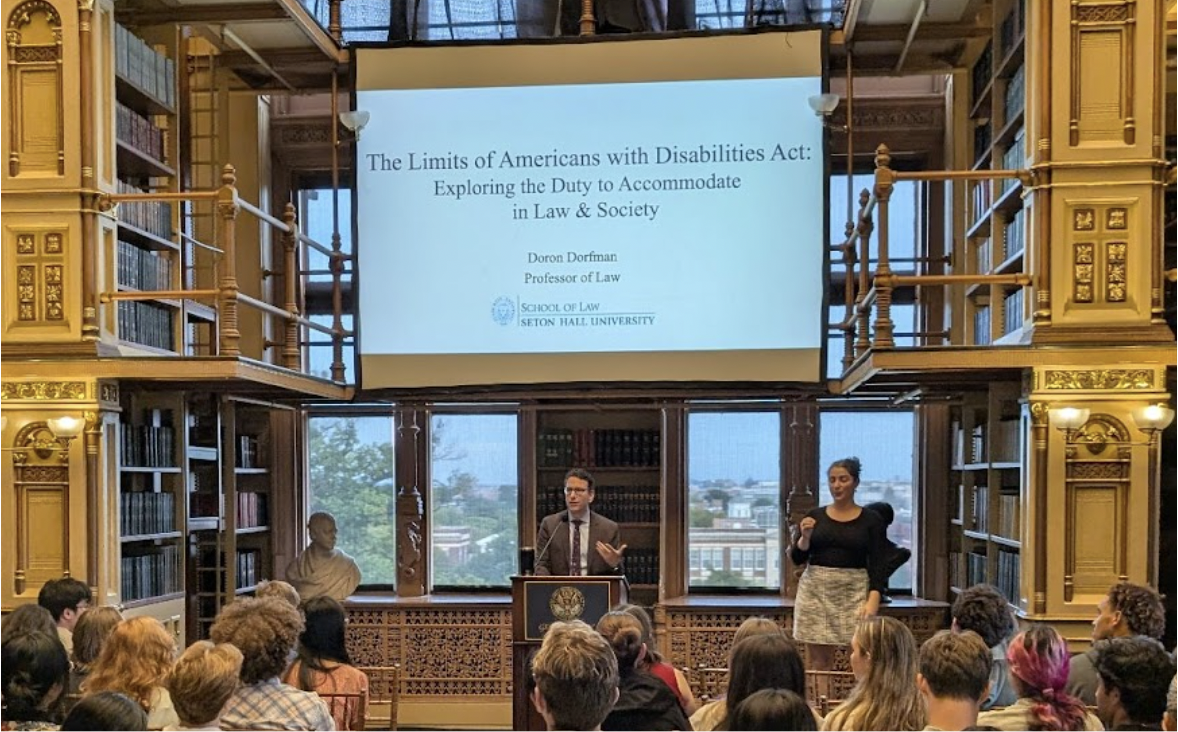Although substances like tobacco have reputations for being highly carcinogenic, or having the potential to cause cancer, recent studies have shown that alcohol has also been increasingly linked to various types of cancer.
Since 2000, the National Toxicology Program of the U.S. Department of Health and Human Service, which evaluates hazardous substances’ effect on human health, has labeled alcohol as a “known human carcinogen,” a consensus which many scientific organizations, including the World Health Organization and the National Institute of Health, share. A 2021 study at the International Agency for Research on Cancer determined that in 2020, 740,000 cancer diagnoses worldwide — about 4% of cancer diagnoses made that year — were attributable to alcohol consumption. Alcohol can cause many types of cancer, including cancer of the mouth, throat, stomach, liver and breast.
Alcohol’s carcinogenic properties can be attributed to many different components. All types of alcohol contain ethanol, which upon digestion becomes acetaldehyde, a known carcinogen that can cause cancer in the liver, stomach and other areas. Additionally, alcohol inhibits the body’s ability to absorb and use several important vitamins that are crucial to good health. Alcohol can also increase estrogen levels, which increases the risk of breast cancer in women. The World Health Organization stresses that regardless of type, quantity and frequency of drinking, “there is no safe level of alcohol consumption for cancer.”
As medical student Matthew Fisher (COL ’22) emphasizes, drinking alcohol has a myriad of health impacts that many people are unaware of.
“I think alcohol is extremely more dangerous than it’s given credit by the public,” Fisher wrote to The Hoya. “Alcohol is undeniably connected with the development of so many chronic diseases: liver disease, cancer, diabetes, hypertension, pancreatitis. Even just a few binge-drinking occasions each year can have lasting impacts on the risk of chronic disease.”
Different levels of alcohol consumption can yield different risks. According to Dr. Christopher Loffredo, an oncologist specializing in liver cancer at MedStar Georgetown University Hospital, drinking heavily at a high frequency is an especially dangerous pattern that can permanently damage the liver, resulting in a very high risk of developing liver cancer.
“Regular heavy drinking is probably the riskiest of these behaviors,” Loffredo told The Hoya. “People who have this more daily pattern of heavy drinking, they damage the liver to the point where it becomes cirrhotic, and from that point they can develop liver cancer. Heavy drinking on one Saturday night, for example, is not likely to lead the liver into cirrhosis.”
Loffredo emphasized that helping people who may be exhibiting a heavier and more frequent drinking pattern by providing resources and information is a way to combat the issue of alcohol-related cancers.
“I think that the thing that’s needed is to help people who are alcoholic or people who are worried about their level of alcohol drinking and give them resources for how to cut down, how to reduce, how to stop it altogether,” Loffredo said. “The best advice is moderation.”
Georgetown offers information for any student regarding alcohol consumption through Student Health Services. Georgetown Health Education Services can also provide support regarding alcohol and other substance use.
“Any Georgetown student can seek free, confidential, judgment-free help from Health Education Services if they have a concern about their own or a friend’s alcohol and drug use,” a university spokesperson wrote to The Hoya. “HES can help concerned friends, members of the campus community or family members regarding the impact of a student’s alcohol and other substance use.”
Ultimately, although alcohol is not widely perceived as a carcinogen, research shows that it can cause cancer — as the quantity and frequency of alcohol consumed increase, so does the risk of cancer and other chronic diseases.
“There is some denial of the fact that we are dealing with a substance that, at somewhat low levels, after a lifetime of ingestion can actually lead a person down the road to cancer,” Loffredo said.




